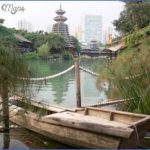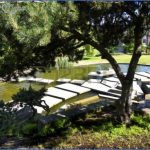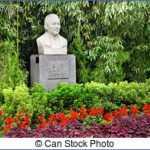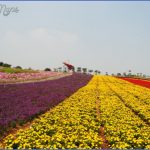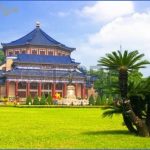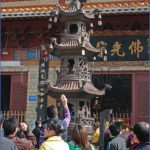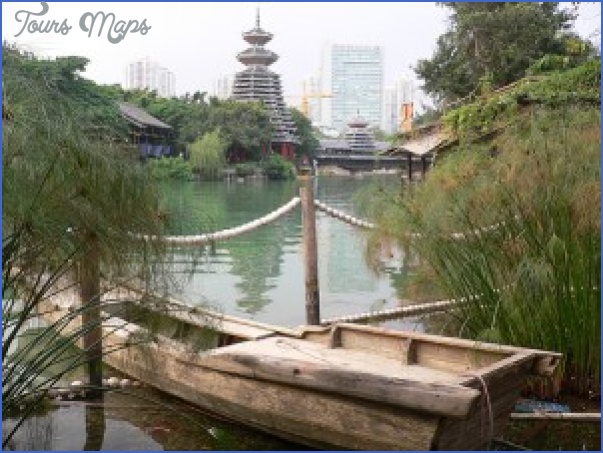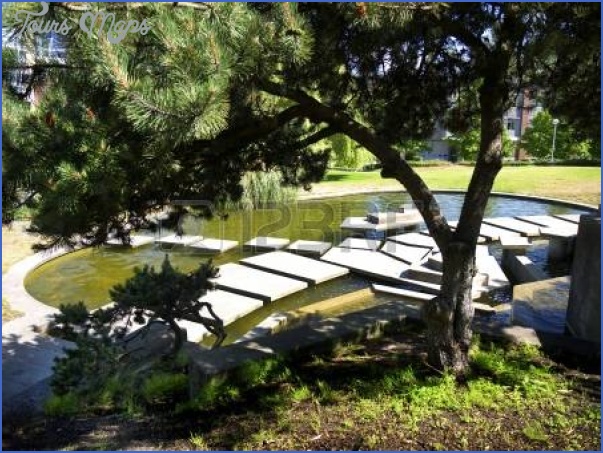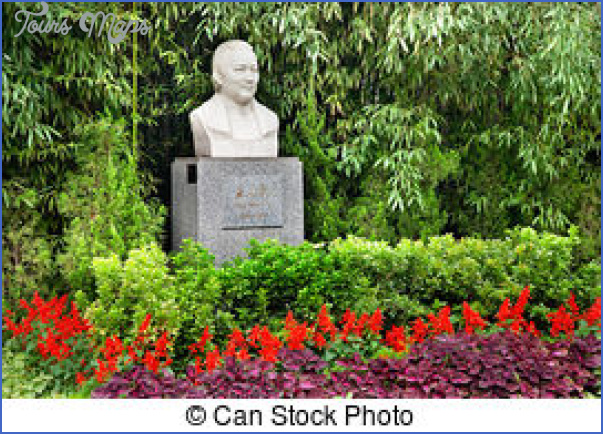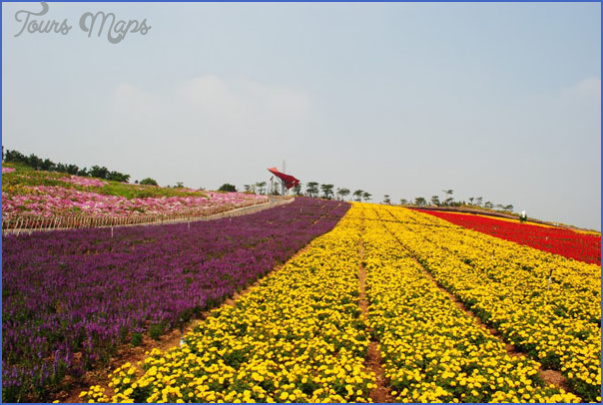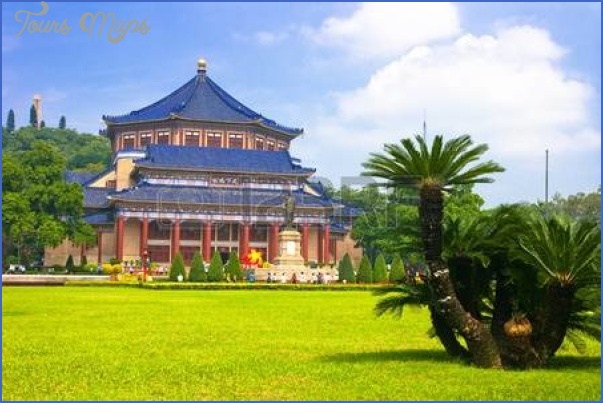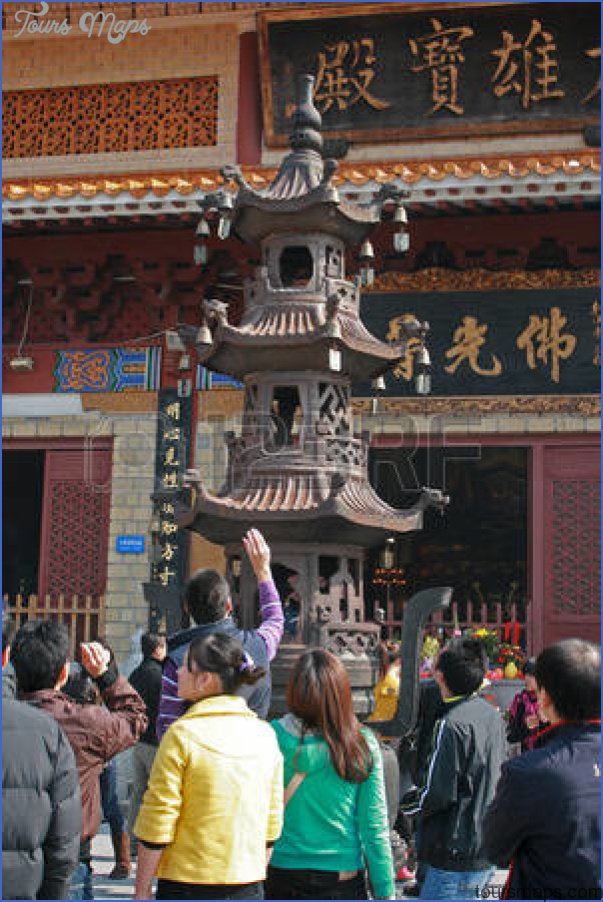An eye to the sub-text, especially the political sub-text, is a constant and essential companion to the China tourist. The Sun Yat-sen Garden is no exception.
In strict Marxist terms it is not always clear where China’s first president, Sun Yat-sen fits. There is a lot to commend him to Communists. He turned the Kuomintang into a Leninist party which it remains to some extent to this day, he formed an alliance between the KMT and the Communist Party and there is ample evidence that if he had not died early he would have taken the Communist path. Stalin thought enough of him to name Moscow’s special university for Far East cadres Sun Yat-sen University, and even sent him a glass coffin at his death, presumably intending that he should be put on display like Lenin.
But even though his widow, Soong Ching-ling, stood on the same platform as Communist leaders right up until her death at an advanced age in 1981 she was admitted to the Party on her death bed, to the ideologues Sun remained the leader of a bourgeois revolution, and therefore a patriotic personality, not the bearer of the Communist banner. So anything with his name in it means united front and a moderation of the political line, always a popular theme in Shenzhen.
The Sun Yat-sen Garden demonstrates the workings of this sub-text. This is the oldest garden in Shenzhen. It was established in 1925 by the county head of Bao’an County, Hu Yu, as a commemoration of Sun Yat-sen. In 1925 the whole of Guangdong was under the rule of the KMT. It was a revolutionary period when Sun Yat-sen theoretically called the shots, but the actual power was Stalin through the Comintern’s representative Borodin.
Hu put together a garden of 130,000 sq. m. After 1949, the garden fell into disrepair until
1984 when the Nanshan District Government decided to rehabilitate and expand it. The government red-lined a further 360,000 sq. m. of adjacent land and began the process of land acquisition and design.
It is a mark of just how difficult these political processes can be that the land acquisition took four years and the park was not finally opened until November 12, 1999, the 133rd anniversary of Sun’s birth. Hardly Shenzhen speed. But the delay was a boon for the garden architects because it is now very difficult to pick which parts of the park are new and which are original. The park has 14 distinct areas. Highlights are the remains of the north wall of Nantou Fort and a magnificent sculpture of Sun Yat-sen. The sculpture, by sculptor Qian Shaowu is done in sandstone blocks. It is about fifty feet high and the head dominates over the secondary revolutionary themes. There are also smaller sculptures of other patriotic personalities.
Entry to the Park is free.
Address: Shennan Avenue, Nantou
Metro Tao Yuan Lubao Line.
Buses:22, 42, 105, 201, 204, 233, 234, 322 Bus stop Xin’an Gu Cheng
SUN YAT-SEN GARDEN SHENZHEN Photo Gallery
Maybe You Like Them Too
- The Best Cities To Visit in The World
- World’s 10 Best Places To Visit
- Coolest Countries in the World to Visit
- Travel to Santorini, Greece
- Map of Barbados – Holiday in Barbados

